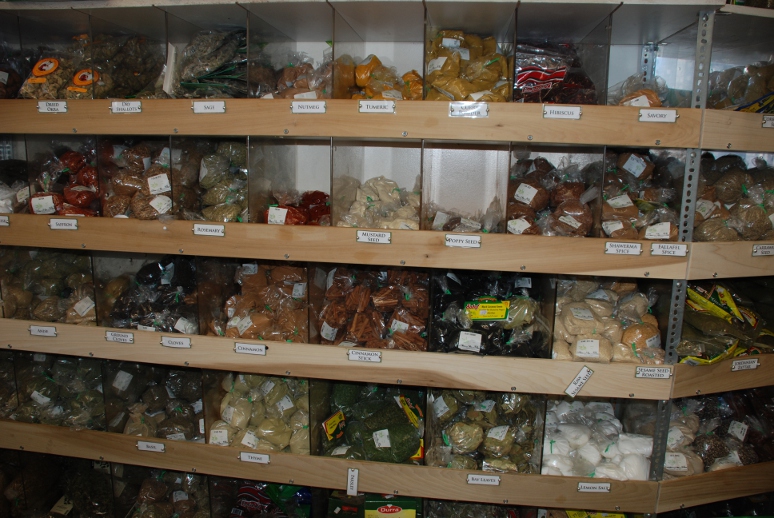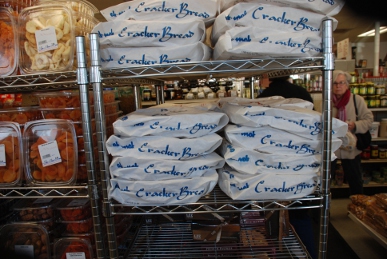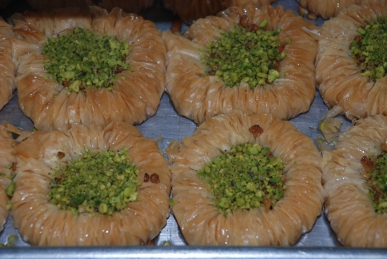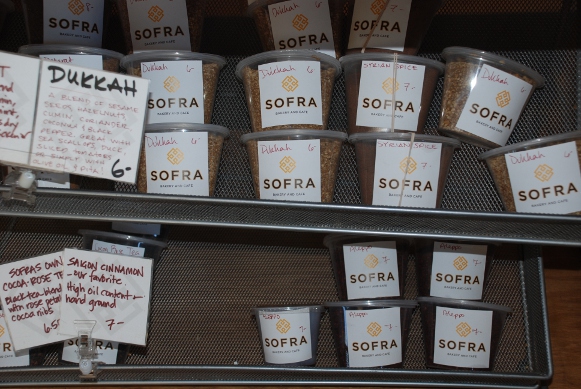Last week, Lynnebiz and I decided that since we weren't likely to get to Viet Nam or other exotic locales anytime soon, we would explore close to home. So we took a food excursion to Watertown, Massachusetts. Watertown, like all the towns around here, was settled by Europeans in the 1600s - in fact in 1630 only ten years after the original European settlement at Plymouth. However, its face is continually changing as wave after wave of immigrants arrives. This makes it particularly attractive for people who love good bread, and authentic food in general. Today it is an ordinary middle class workaday town just outside of the city of Boston. After having worked in downtown Boston for a couple or years, I thought I was being exiled to Siberia when I got a new job in Watertown - but I quickly found that I could eat better in Watertown than I had in Boston. That was ten years ago, and if anything the situation has only gotten better. The first stop on our excursion was to Arax, an Armenian grocery.

Workaday street by Arax Market

Wall of spices at Arax - remind me never to buy spices in the supermarket again
Second we went a few doors down to the Massis Bakery, also Armenian. There we found:


cracker bread and pistachio treats

No, that's not a bagel - it's around 10 inches in diameter.
And my "travel" companion:

We moved on to an Iranian Bakery which was too dark inside to get much, but the window tells you something in itself -

and down the street to Sofra's which I'm told is some American entrepreneur's foray into the market:

They have interesting spices too - I got za'atar here for my Tunisian bread.
I hope that Lynne will post too. We went to several more places, and I didn't get everything. So yes, the North End is nice, but so is this, and less on the beaten track.